Bruce Betts • Jun 26, 2023
Announcing the 2023 Shoemaker NEO grant winners
The Planetary Society is excited to announce the latest round of winners in our Shoemaker Near-Earth Object (NEO) grant program. Named after pioneering planetary geologist Gene Shoemaker, these grants support very advanced amateur astronomers around the world in their efforts to find, track, and characterize near-Earth asteroids. This round’s winners continue a long tradition of Planetary Society-supported planetary defense, protecting the Earth from the threat of asteroid impacts.
Though dedicated professional telescopes make the majority of NEO discoveries now, they don’t have adequate observing time or geographical distribution. That is where our Shoemaker grant winners come in, making important contributions to three areas of planetary defense:
Characterization: Some winners focus on characterization to determine asteroid properties. They typically carry out photometric (brightness) studies to determine properties like spin rate and whether what looks like one asteroid is actually two — a binary pair. This type of information will be crucial when an asteroid deflection is required, and in the meantime, for understanding the near-Earth asteroid population in general.
Tracking: Other winners focus on astrometric (sky position) tracking observations that are necessary for calculating an asteroid’s orbit, including whether it will ever collide with the Earth. Without follow-up observations, newly discovered asteroids can even be lost.
Discovery: Because most professional NEO surveys that discover asteroids are in the Northern Hemisphere, there is still a need for discovery as well as follow up tracking in the Southern Hemisphere. Around the world, software innovations are also increasing discovery rates.
Thanks to the support of our generous members, in this year’s round of grants we were able to award $68,434. The observatories of the eight winners are in six countries on three continents. Over the 26-year history of the program, approximately $585,000 has been granted in 78 awards to astronomers in 23 countries on six continents. Here are summaries of the newest winners.
Fabrizio Bernardi and observatory director Maura Tombelli of Gr.A.M. (Gruppo Astrofili Montelupo – a large group of amateur astronomers) at the Beppe Forti Observatory in Italy are awarded $9,672 for a filter wheel, UBVRI filters, a light pollution filter, a star guider, and an adaptive optics component to add to the CMOS camera that was purchased with a 2021 Shoemaker NEO grant. This combination will increase the observatory capabilities to track fainter NEOs discovered by the professional surveys, and to facilitate better characterization.
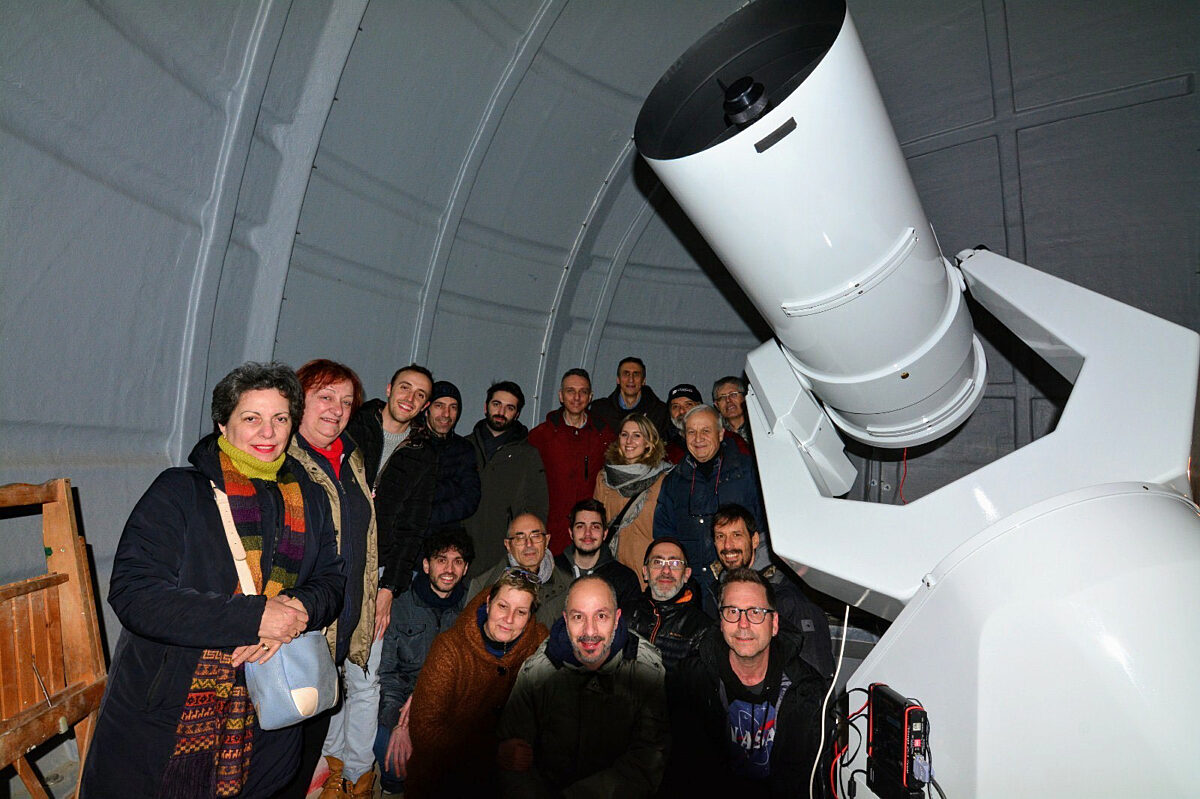
Michel Ory of Switzerland as part of the Swiss-French amateur Morocco Oukaimeden Sky Survey (MOSS) is awarded $5,055 to purchase a new CMOS camera for their observatory in the High Atlas Mountains of Morocco. The camera will improve their sensitivity and efficiency to do follow-up tracking observations of dimmer NEOs. Ory and Claudine Rinner operate the 50 centimeter (20 inch) MOSS telescope at an elevation of 2,750 meters. Since opening in 2011, they have submitted more than 1 million astrometric measurements. They were also awarded a 2017 Shoemaker NEO grant.
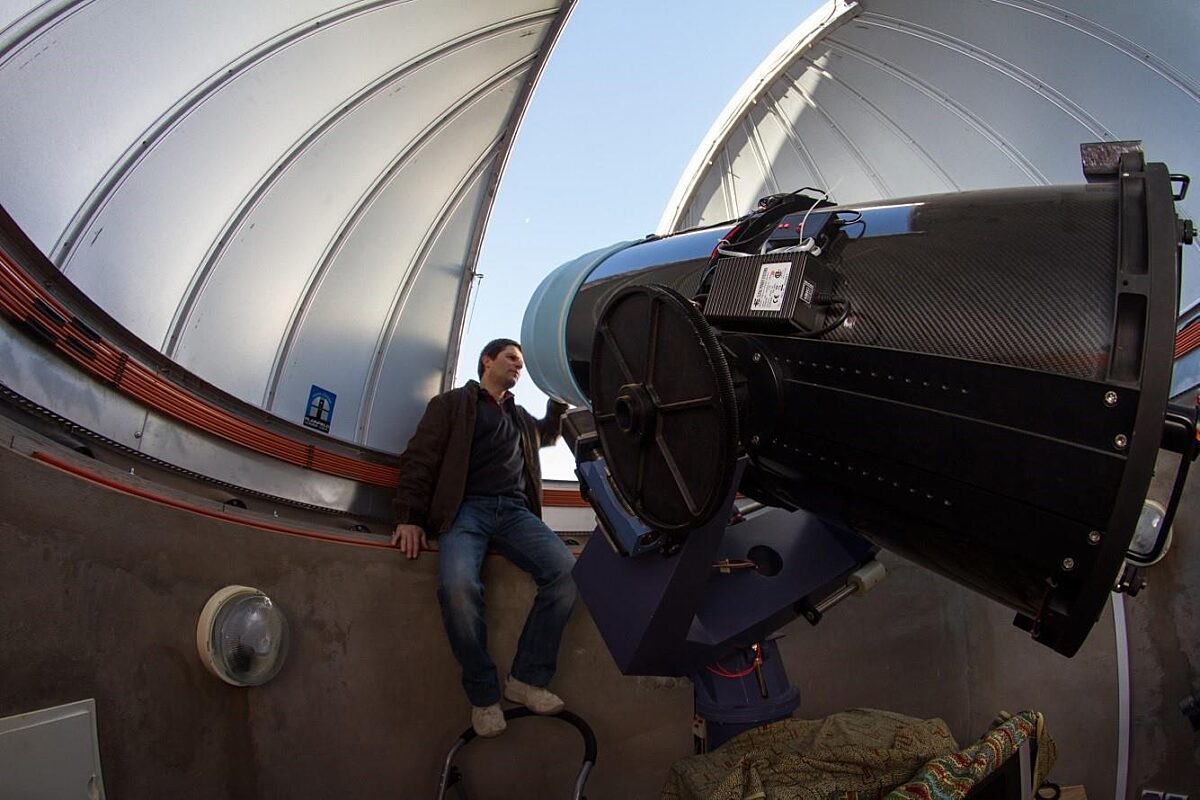
Miguel Sanchez Gonzalez of Spain along with Sergio Alonso, Antonio R. Reche, Javier Flores, and Alexis Castillo as part of amateur astronomy group Sociedad Astronomica Granadina, is awarded $6,200 for a telescope mount, camera, and dew heater. They observe stellar occultations by NEOs (when the NEO passes in front of a star) often with mobile telescopes moved to locations able to see a given event. These observations provide precise astrometry and also can help infer asteroid sizes and shapes. The upgrades will allow observation of longer occultation events and improve sensitivity.
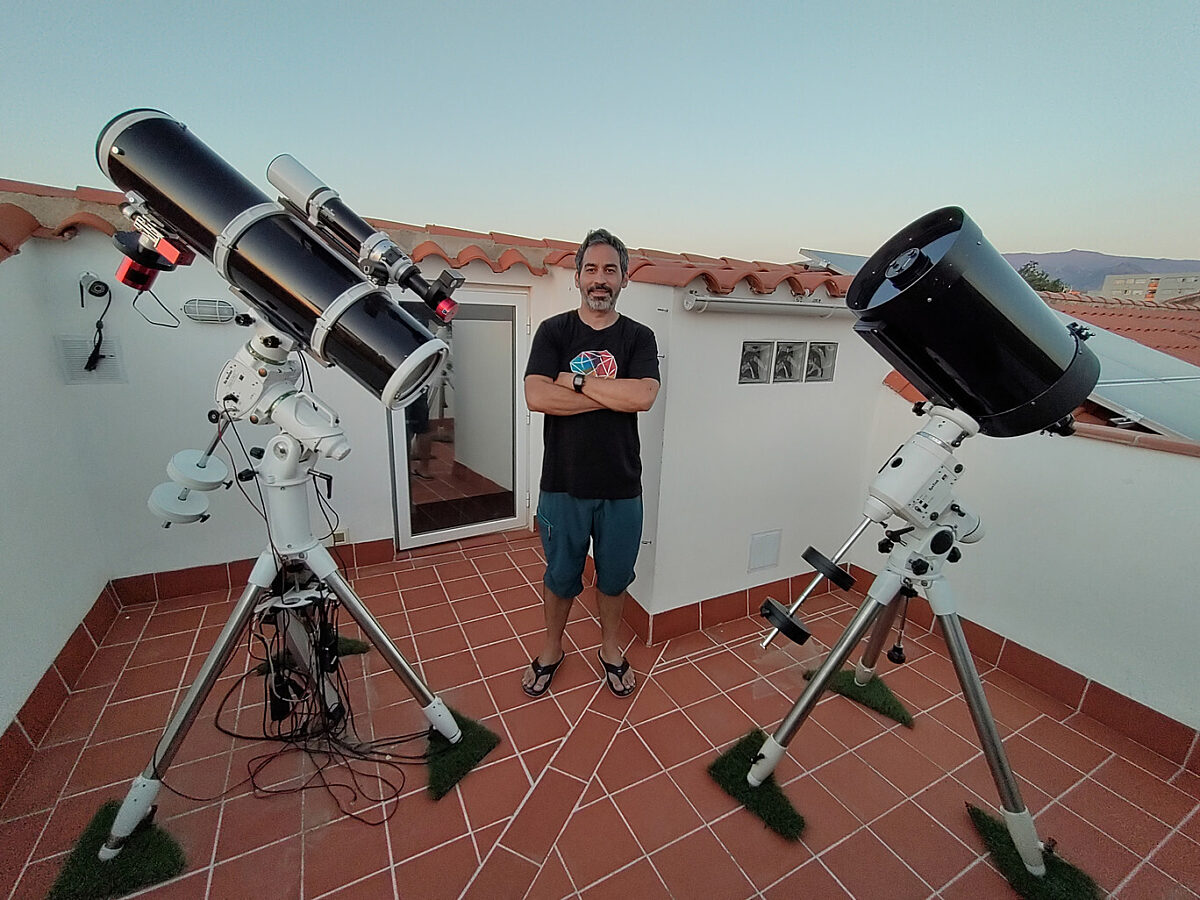
Marian Urbanik in Slovakia is awarded $6,100 for a new camera and field rotator for use in follow-up astrometry as well as photometry at Kysuce Observatory. With a wider field of view and greater sensitivity, the new set up will enable increased precision in photometry and in NEO follow-up tracking, as well as enabling tracking of faster (closer) NEOs.
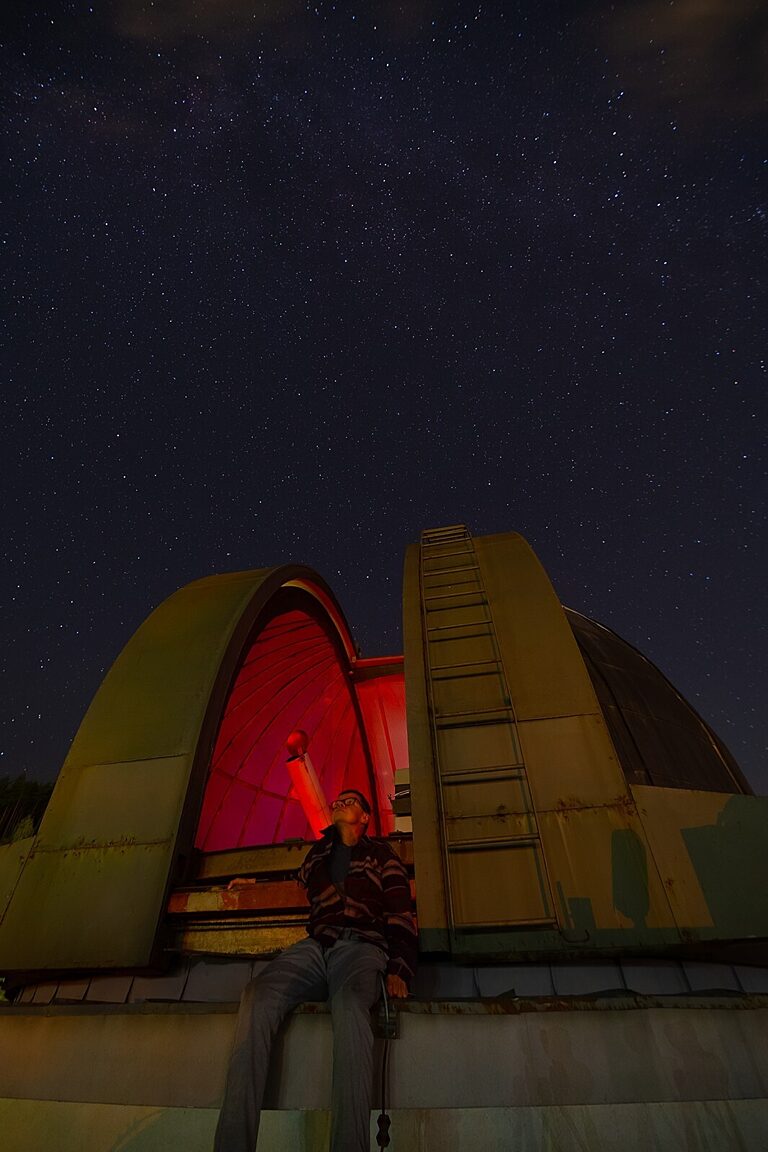
Gonzalo Fornas of Spain along with Álvaro Fornas, Enrique Arce, Rafael Barberá, and Fernando Huet, all of the 300-member amateur astronomers’ organization Asociación Valenciana de Astronomia (AVA), are awarded $8,067 for a camera, an off-axis guider, a filter wheel, and a guiding camera. This will replace their current damaged camera on their 43 centimeter (17 inch) telescope. The new set up will improve follow-up tracking of fainter and faster asteroids.
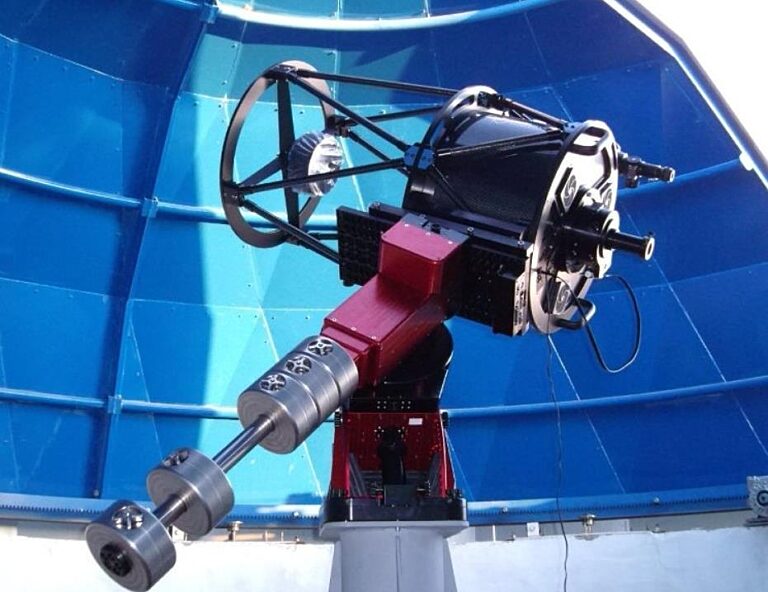
Alain Maury of the MAP survey in Chile, working with Georges Attard and Florian Signoret in France and Daniel Parrot in the USA, are awarded $8,000 for two CMOS cameras for two new telescope setups they are creating. This will increase sky coverage and therefore the number of discoveries. They have the fourth highest discovery rate in the world trailing only the three large NASA funded surveys. In less than three years, they have discovered more than 140 NEOs. Their Atacama Desert location provides a very dark sky with excellent Southern Hemisphere coverage. They were also awarded a 2021 Shoemaker NEO grant.
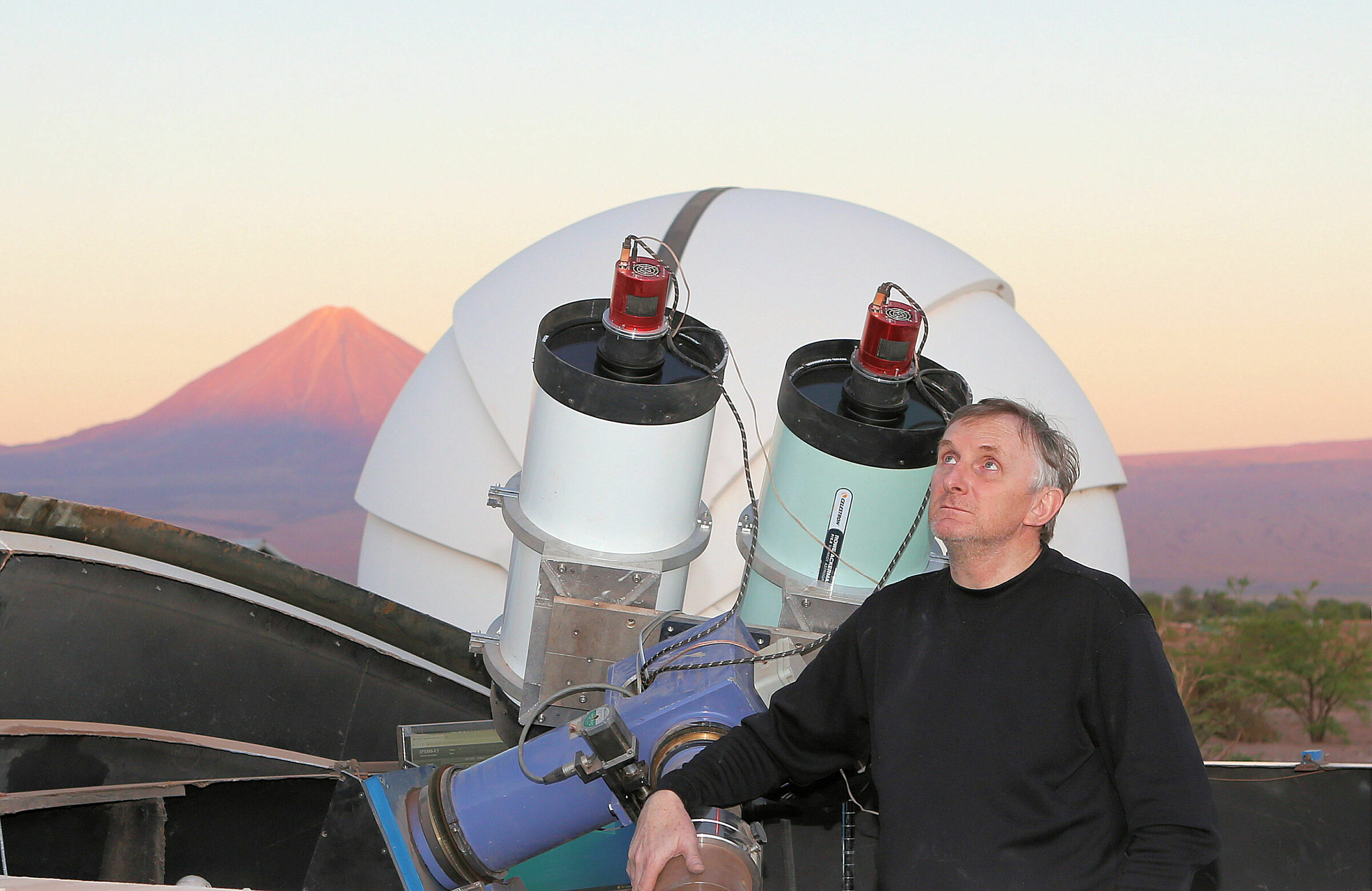
Andrea Soffiantini in Italy at the Serafino Zani Astronomical Observatory as part of UAB (Unione Astrofili Bresciani), along with Vladimiro Marinello (UAB), Gianpaolo Pizzetti (UAB), and Marco Micheli (ESA NEO Coordination Center), are awarded $13,120 for a more sensitive camera with a wider field of view, a filter wheel, and filters. These will aid their ability to respond promptly and accurately to alerts on NEOs moving quickly across the sky (so relatively nearby NEOs) and imminent impactors to help promptly define their orbital paths.
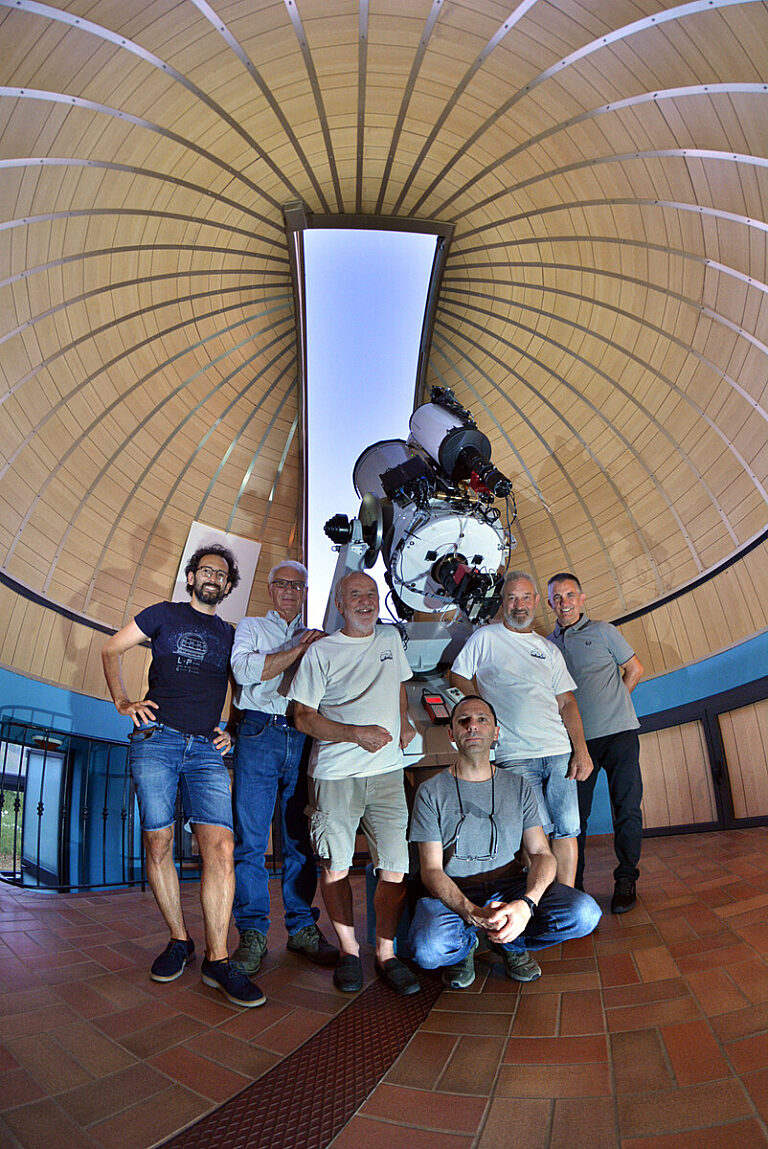
Grzegorz Duszanowicz of Sweden is awarded $12,220 for a camera, corrector lens, computer, and software to upgrade and devote a second telescope to NEO discovery and follow-up observations from the Moonbase South Observatory in Namibia. Starting their NEO project with one telescope, Dusczanowicz’s team discovered 17 NEOs in only eight months. They hope the additions will more than double their discoveries, and enable observations of dimmer objects. Their Namibian location has extremely dark skies, lots of clear nights, and helps fill a geographical gap in NEO observations.
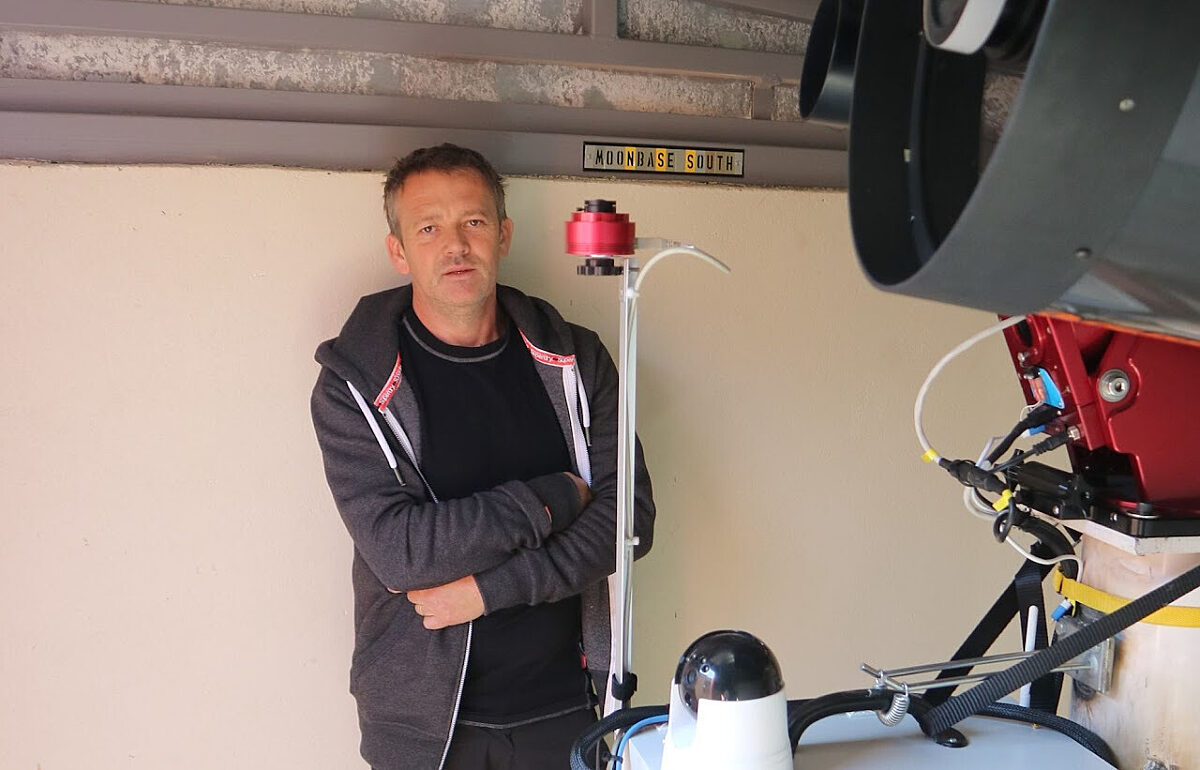
Congratulations to all the grant winners, and thank you to all our members and supporters for providing the resources for this program and helping to keep the Earth safe from impacts!
We are sincerely grateful to our expert advisory/review panel: Planetary Society NEO grant coordinator Tim Spahr, NEO Sciences LLC; Davide Farnocchia, JPL Center for NEO Studies; Richard Kowalski, Catalina Sky Survey, LPL, U. of Arizona; Federica Spoto, Center for Astrophysics, Harvard & Smithsonian.
Let’s Go Beyond The Horizon
Every success in space exploration is the result of the community of space enthusiasts, like you, who believe it is important. You can help usher in the next great era of space exploration with your gift today.
Donate Today

 Explore Worlds
Explore Worlds Find Life
Find Life Defend Earth
Defend Earth

